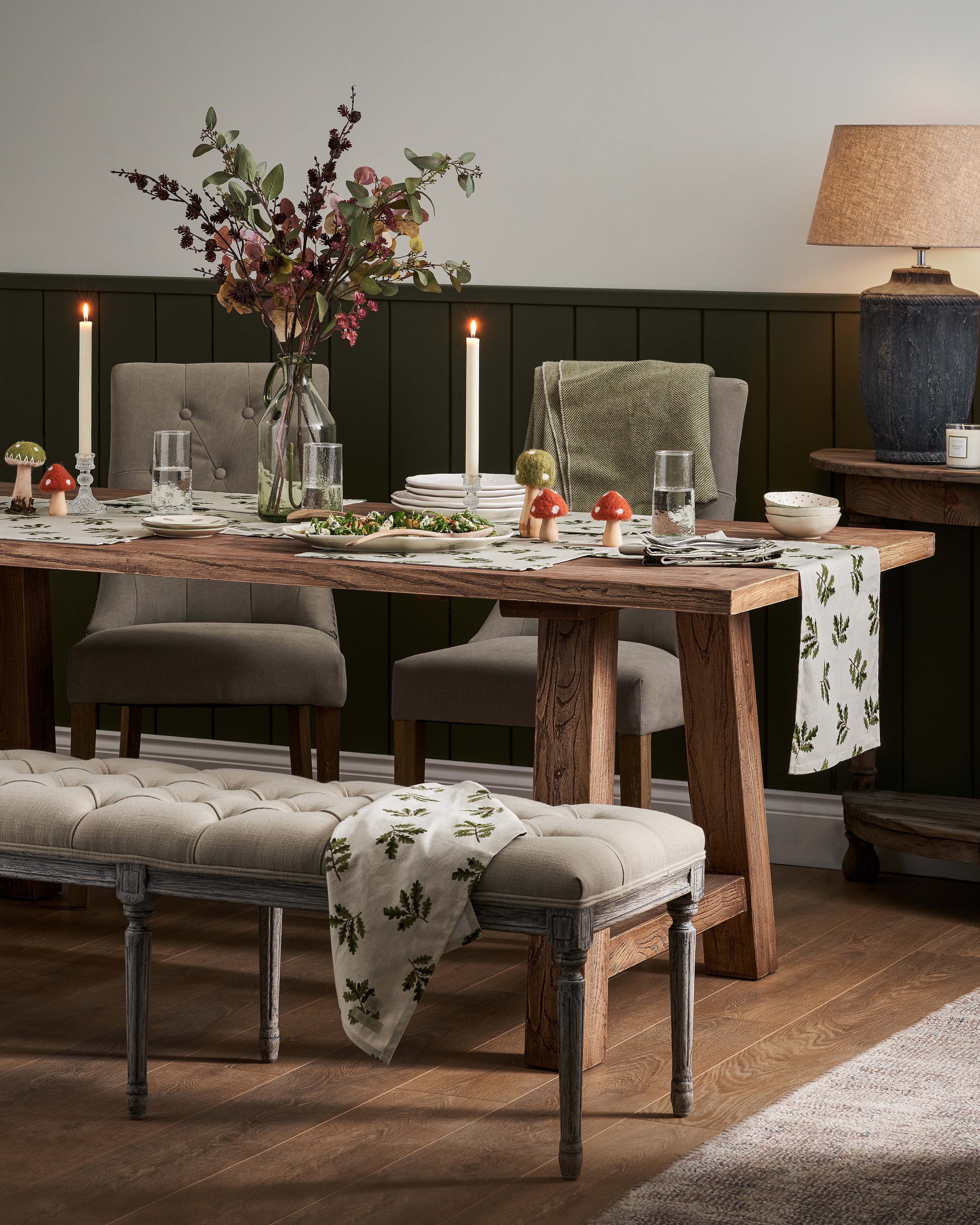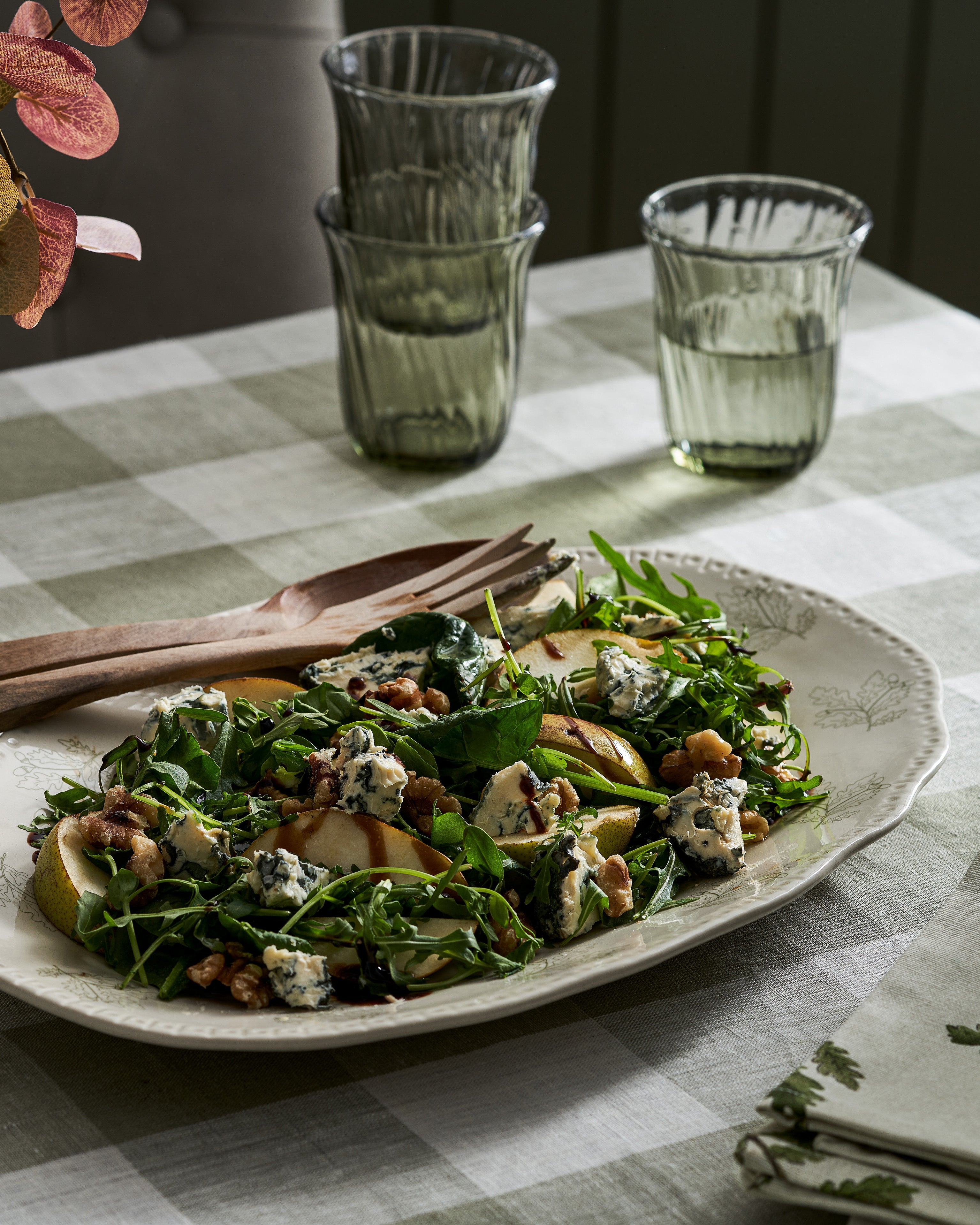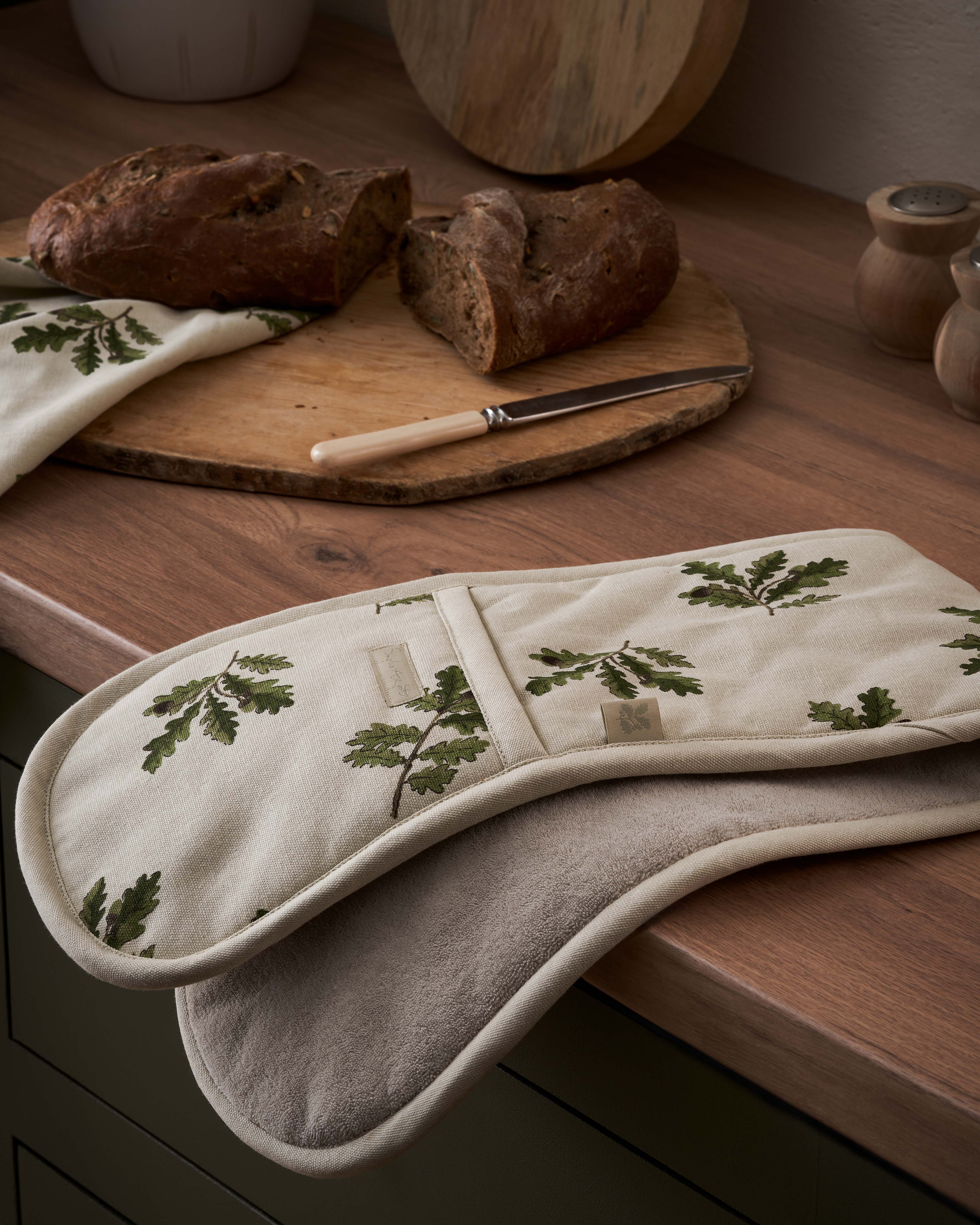In celebration of our new Acorns and Leaves collection, as well as our 5th anniversary working supporting the National Trust, we chat to John Deakin, who’s the Head of Trees & Woodland for the charity.

Firstly John, we have to say that we are incredibly envious of your job title. What would an average day look like for you?
No two days are the same, that’s why it’s so much fun. Like most people though, there’s a mixture of good bits and bad bits. What I would always say is that there is never enough time spent amongst our trees and woodlands, and with our incredible people who look after them! But when I do get the opportunity, many of those visits live long in the memory!
So not your average 9-5 then?
No, not exactly!

Would you mind telling us a little bit more about the National Trust logo? Why the oak leaf, and why are trees so important to the National Trust?
Back in 1895 we set out to improve access to the natural world so that everyone could explore vibrant green spaces like parks, woodlands, and the countryside. The oak leaf first began to represent the Trust as early as 1936 and continues to symbolise our commitment to nature and our heritage. As one of the most recognisable trees in Britain due to its unusual leaves, Oak trees are home to over 2,000 species; more than any other native tree in the UK.
All trees are vital to those landscapes in our care and even more importantly, they are vital to reduce emissions and slow down the impact of climate change. New trees not only lock up carbon and improve our environment, but they also provide habitats and food for a myriad of different species and play an essential part in our nature restoration plans.
How would we go about identifying an Oak tree?
Well, the most identifiable part of the common Oak is of course its acorns and indented leaves. And if you’re looking out for an Ancient Oak Tree, they often are very short, wide, and usually hollow, with rough bark. They may also have dead branches still attached that can look a little like deer antlers. However, what you might not know is that there are two species of oak native to the UK; ‘English’, found more in the lowlands – which means near or below sea level, and ‘Sessile’ found more in the uplands (mountains, hills etc).
We did not know that! As well as Oak Trees, what types of trees can be found on National Trust land?
At the National Trust we care for some of the UK’s most important trees such as Newton’s Apple Tree, which triggered the great scientist to form his laws of gravity, the Tolpuddle Martyrs’ Tree, under which the first trade union was formed, and the original Irish Yew, which has produced every other Irish Yew in the world. Our volunteers and staff have spent years identifying these trees at places we look after and we’ve recorded over 35,000 so far Ancient and veteran trees making us the landowner in the UK with the greatest responsibility for these incredible historical and ecological organisms.

The National Trust are establishing 20 million trees by 2030. How many have been planted so far?
We have established more than 1.3M saplings so far, thanks to the donations of our supporters. We have planted a whole variety of different species, including oak, beech and crab apple to name but a few. We have a way to go but when just one tree has the potential to remove as much as 1 tonne of C02 from our air over its lifetime, this keeps us motivated.
Do you have any tips for those of us who might want to have a go at planting a sapling at home?
Winter is the best time of year to plant a tree because young trees are better planted when they are dormant which occurs over the winter months, and they are less susceptible to ‘planting shock’
- Before planting ensure the roots are nice and damp
- Dig a hole that is as deep as your pot but slightly wider
- Carefully remove the wrapping or pot from the roots, teasing the roots out at this stage will encourage the plant to make contact with the soil
- When placing the tree in the ground ensure that the root collar (the line where the roots end and the stem begins) is at soil level and then surround the roots with soil. To give the tree the best chance ensure all air pockets are eliminated by firmly pressing your heel on to the top of the soil above the roots
- For trees in exposed position and if needed, place a stake at a 45 degree angle from the trunk and attach using a tree tie which can expand as the tree grows
- To finish water the tree thoroughly and continue to water regularly for the first 12 months.
And for those of us who might not have the space to do so, is there anything we can do to help?
If you do not have the space to plant a tree, you can donate to our ‘plant a tree’ campaign to help make a difference to nature.
Do you have a favourite tree in the National Trusts care, if so which one is it? (Don’t worry, it doesn’t have to be Oak!)
The National Trust has so many amazing trees it is a difficult question to answer but if I was forced to pick one, its one that most people would never notice - despite its four trees in one (Oak, Rowan, Birch & Yew), growing on top of each other! It can be found by the side of the path leading up to Stickle Tarn in Langdale.

And lastly, can we be cheeky and ask you what your favourite piece in our new National Trust collection is?
I’m a sucker for an oven glove – maybe that’s just a reflection of my clumsiness!
Explore our new Acorn & Oak Leaves design here.
